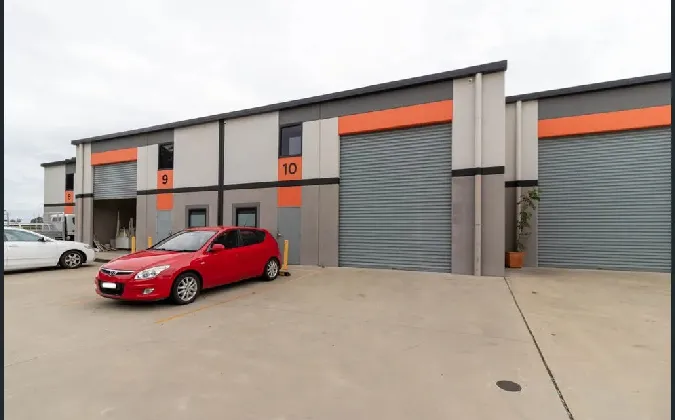- Afrikaans
- Albanian
- Amharic
- Arabic
- Armenian
- Azerbaijani
- Basque
- Belarusian
- Bengali
- Bosnian
- Bulgarian
- Catalan
- Cebuano
- Corsican
- Croatian
- Czech
- Danish
- Dutch
- English
- Esperanto
- Estonian
- Finnish
- French
- Frisian
- Galician
- Georgian
- German
- Greek
- Gujarati
- Haitian Creole
- hausa
- hawaiian
- Hebrew
- Hindi
- Miao
- Hungarian
- Icelandic
- igbo
- Indonesian
- irish
- Italian
- Japanese
- Javanese
- Kannada
- kazakh
- Khmer
- Rwandese
- Korean
- Kurdish
- Kyrgyz
- Lao
- Latin
- Latvian
- Lithuanian
- Luxembourgish
- Macedonian
- Malgashi
- Malay
- Malayalam
- Maltese
- Maori
- Marathi
- Mongolian
- Myanmar
- Nepali
- Norwegian
- Norwegian
- Occitan
- Pashto
- Persian
- Polish
- Portuguese
- Punjabi
- Romanian
- Russian
- Samoan
- Scottish Gaelic
- Serbian
- Sesotho
- Shona
- Sindhi
- Sinhala
- Slovak
- Slovenian
- Somali
- Spanish
- Sundanese
- Swahili
- Swedish
- Tagalog
- Tajik
- Tamil
- Tatar
- Telugu
- Thai
- Turkish
- Turkmen
- Ukrainian
- Urdu
- Uighur
- Uzbek
- Vietnamese
- Welsh
- Bantu
- Yiddish
- Yoruba
- Zulu
Nov . 16, 2024 15:44 Back to list
The Art and Science of Steel Tower Design
Steel towers are an integral part of modern infrastructure, playing critical roles in telecommunications, electricity transmission, and broadcasting. These structures are engineered to withstand harsh environmental conditions while maintaining stability, strength, and aesthetic appeal. The design of a steel tower is a multidisciplinary endeavor that encompasses principles from engineering, architecture, and environmental science.
Importance of Steel Tower Design
Steel towers serve various purposes, from supporting antennas for mobile networks to holding high-voltage power lines. As technology advances, the need for more resilient and efficient towers has become essential. The design process must consider several factors, including the purpose of the tower, geographical location, load requirements, and even local regulations and community impact.
Key Design Considerations
1. Structural Integrity The primary role of a steel tower is to bear loads while ensuring stability. Engineers must calculate the loads the tower will face, including dead loads (the weight of the tower itself), live loads (weather-related forces like wind and ice), and dynamic loads (forces from vibration or movement). Advanced software and modeling techniques are often employed to simulate various scenarios and ensure the structure can withstand these forces.
2. Material Selection The choice of materials significantly influences the tower’s performance and longevity. Steel is favored for its strength-to-weight ratio and durability. However, different grades and types of steel can be utilized, depending on the specific requirements of the project. Corrosion resistance is another crucial factor; protective coatings or galvanization may be applied to extend the life of the tower in harsh environments.
3. Design Aesthetics Aesthetics plays a vital role, particularly in urban areas where visual impact is a concern. Modern steel towers are often designed to complement their surroundings. Innovative designs can incorporate artistic elements while still fulfilling functional requirements. This approach helps to mitigate community opposition to the construction of new towers.
steel tower design

4. Environmental Impact Environmental considerations are increasingly shaping steel tower design. This includes evaluating the potential effects on local ecosystems and wildlife. Designers are now employing measures like lightweight structures and low-impact foundations to minimize their footprint. Additionally, sustainable practices in manufacturing and construction are being integrated to reduce the overall carbon footprint of the project.
5. Regulatory Compliance Designers must also navigate a labyrinth of local, regional, and national regulations concerning tower height, safety, and land use. Compliance with these regulations is critical for obtaining necessary permits and ensuring public safety. This often involves extensive documentation and, at times, public consultations to address community concerns.
Innovative Techniques in Tower Design
Recent advancements in technology have revolutionized steel tower design. Computer-aided design (CAD) software allows engineers to create precise digital models, which can be analyzed for performance under various conditions. Furthermore, Building Information Modeling (BIM) optimizes collaboration among stakeholders throughout the design and construction process.
Additionally, the integration of smart technologies into tower designs has gained traction. Towers equipped with sensors can monitor structural health and environmental conditions in real time, allowing for proactive maintenance. This innovation not only enhances safety but also prolongs the lifespan of the structure.
Conclusion
Steel tower design is a complex interplay of functionality, safety, and aesthetics. As demands for communication and energy evolve, so too will the methods and approaches employed in tower design. By incorporating innovative technologies and sustainable practices, engineers and architects can create steel towers that not only meet present needs but also anticipate future requirements. The goal is simple yet profound to build resilient, efficient, and visually appealing structures that enhance connectivity and contribute to the betterment of our communities. Whether in sprawling urban landscapes or remote rural areas, steel towers will continue to rise, a testament to human ingenuity and progress in engineering.
-
How Do Prefabricated Steel Structures Transform Modern Construction?
NewsJul.14,2025
-
How Do Prefabricated Metal Buildings Redefine Modern Construction?
NewsJul.14,2025
-
How Do Prefab Insulated Metal Buildings and Steel Structures Revolutionize Modern Construction?
NewsJul.14,2025
-
How Do Pre - Engineered Steel Structures Redefine Modern Construction?
NewsJul.14,2025
-
Advancing Modular Construction with Prefabricated Metal Structures
NewsJul.14,2025
-
Advancing Industrial Infrastructure with Prefabricated Steel Solutions
NewsJul.14,2025
Products categories
Our Latest News
We have a professional design team and an excellent production and construction team.












